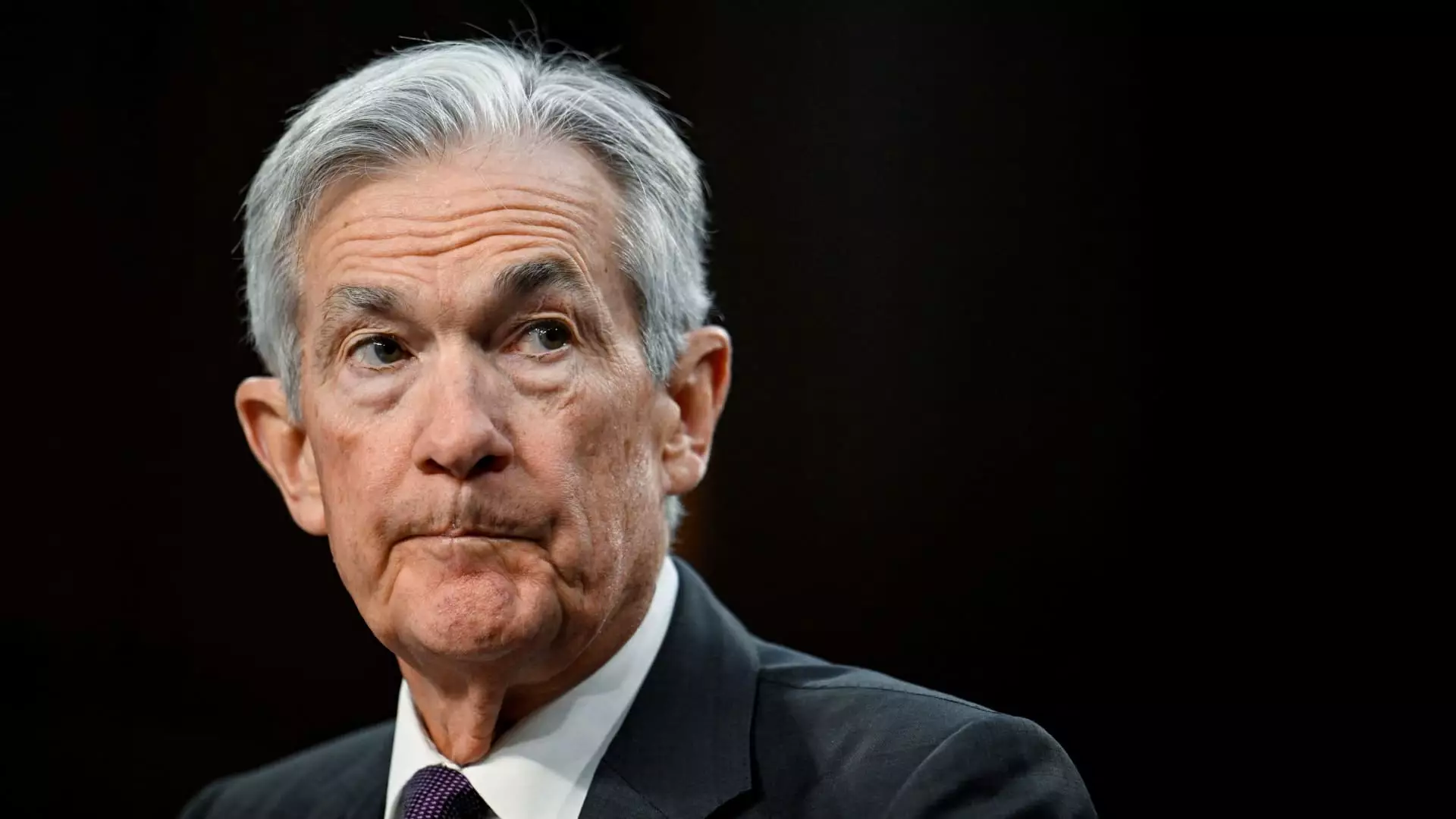The realm of monetary policy is increasingly dominated by a narrative of uncertainty, as Federal Reserve officials grapple with complex economic dynamics. Recent statements emerging from the Fed highlight an overarching sense of caution regarding future policy adjustments. While some policymakers assert that the framework is “well-positioned” to adapt, others indicate a troubling status quo: one where policy might be effectively immobilized in its response to potential economic shifts. With myriad unknowns clouding the economic horizon—ranging from trade disputes to inflationary pressures—the central bank finds itself in a state of cautious neutrality.
Atlanta Fed President Raphael Bostic’s insights further illuminate this precarious balancing act. His blog post detailed a landscape ripe with contradictory signals, marking the tension between optimism surrounding potential tax reforms and understandable trepidation about unpredictable trade policies. In his articulation of this dilemma, Bostic characterized these conflicting forces as a source of complexity, complicating the Fed’s ability to formulate decisive responses.
During a bustling week of communication from Federal Reserve officials, commonly dubbed “Fedspeak,” many policymakers echoed the sentiment that the current policy is prepared to navigate volatility. This framework of reassurance, however, is juxtaposed against a backdrop of increasing concerns regarding external factors that may drive further uncertainty. Officials are now more vocal about the unpredictable consequences of President Trump’s strategies, particularly in regard to trade and economic policies.
Bostic’s emphasis on the need for caution is particularly telling. In an environment where uncertainty is a recurring theme, he aptly titled his recent post “Uncertainty Calls for Caution, Humility in Policymaking.” Such language underscores the notion that, rather than proactively adjusting rates, the Fed is now more inclined to adopt a defensive posture until the economic landscape clarifies.
Inflation remains a critical focal point for the Federal Reserve, as officials continue to pursue a target rate of 2%—a goal that has proven elusive over recent years. Both Bostic and St. Louis Fed President Alberto Musalem have articulated concerns regarding the potential for inflation to accelerate amid a mixed economic outlook. Musalem’s belief that inflation risks may skew towards the upside reflects a deep-seated apprehension about sudden spikes in prices triggered by tariffs and supply chain disruptions.
Interestingly, while the landscape for inflation appears fraught with potential volatility, the employment situation maintains relative stability. This duality complicates decision-making for the Fed, as they strive to balance the implications of inflationary threats against the current robustness of employment metrics. The Fed’s policy review process now involves keen scrutiny of these interrelated factors, as they weigh the risks against their longstanding monetary policy goals.
The minutes from the January Federal Open Market Committee meeting signal the Fed’s attention to potential economic shocks, especially in light of the current policy climate. Committee members underscored the significance of waiting for “further progress on inflation” before contemplating any shifts in interest rates. This cautious stance suggests a reluctance to instigate sweeping changes in fiscal strategy without definitive indicators of sustained economic stability, which remains a key concern for policymakers.
As illustrated by Economist Mark Zandi’s remarks, there are deeper anxieties regarding the robustness of the U.S. bond market. He posits that the bond market faces intricacies threatening its stability, pointing to a potential for significant sell-offs within the next year. Such insights highlight the fragility within the financial landscape, as banks maintain substantial leverage and long-duration debt portfolios amid rising inflationary pressures.
The road forward for the Federal Reserve is fraught with obstacles, as external financial pressures and varying forecasts converge. The looming prospect of tariff-induced economic ramifications paints a complex picture for tomorrow’s monetary policy. Despite market speculation about potential interest rate cuts, the collective sentiment among Federal Reserve officials indicates that such measures are unlikely until more concrete data regarding inflation trends emerge.
As the Fed continues to navigate this uncertain terrain, the emphasis will likely remain on maintaining a steady course. The intertwining realities of inflation, employment stability, and external shocks necessitate an adaptive and cautious approach, awaiting clearer signals before charting a definitive course of action. In the grand scheme, the effectiveness of the Fed’s policy adaptations will hinge on the dynamic interplay of these economic factors, demanding vigilance and strategic foresight as uncertainties persist.

